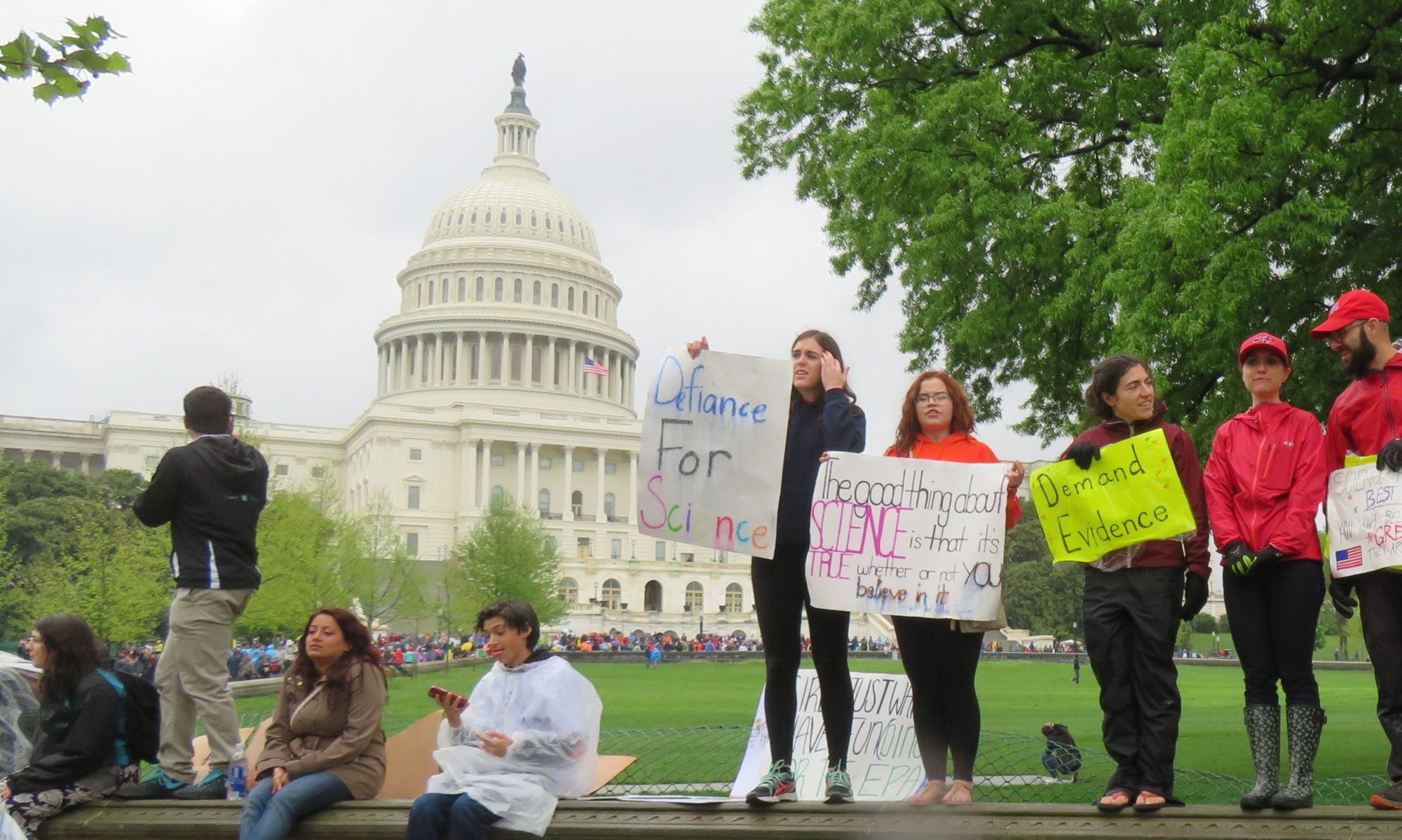Many thanks to LisaAnn Leitz for a wonderful review of Party in the Street (with Fabio Rojas), which appeared in the latest issue of the journal Mobilization: An International Quarterly (Vol. 21, No. 1, March 2016: 135-136).
Here is the review:
Most definitions of social movements involve distinguishing movements from political parties and advocacy groups or PACs. This holds true even though movements and these other political entities often engage in the same tactics (such as lobbying and voter registration), movements require parties to make state-level changes, and many participants work within both of these two fields. Understanding the ways that movements affect and are affected by formal politics is at the crux of much of the work examining political process/opportunity theories. Little of this work, however, has examined individuals (and organizations) as simultaneously identified with both types of organizations. Those who identify with a political party and a social movement constitute the “party in the street.” By considering movements and parties as identities, Heaney and Rojas examine these fields as not only competing over resources and issues, but also over loyalties from their shared members. Party in the Street puts forward “partisan mobilization theory” to illuminate why the election of elites supportive of movement goals leads to movement decline rather than success as political opportunity theory would suggest.
By examining the case of the antiwar movement in the United States after the terrorist attacks of September 11, 2001, Heaney and Rojas demonstrate the important role of Democratic Party affiliation in the growth and decline of antiwar activism. While the antiwar movement agenda and Democratic Party interests allied during the years of a Republican controlled Congress and President Bush’s presidency, Democrats’ gains beginning in 2006 led to a dramatic drop in both protest events against American military force used abroad and in the numbers of people who engaged in the antiwar movement. Movement leaders later used broad tactics and mobilization strategies during the “surge” in Iraq. However, political polarization about issues, candidates, and parties had reduced the proportion of Republicans in the antiwar movement and the ability of liberals to work with conservatives, even if they agreed about opposition to the war. All this led to movement decline. This was true even as public opinion about the war deteriorated. Heaney and Rojas demonstrate the decline occurred because individuals and organizations closely aligned with the Democrats left the movement and the activists that remained were divided between giving the Democrats a chance to make good on their promises about Iraq and a more radical element, whose messaging was less palatable to the public.
The sheer volume of hypotheses tested and the many methods used to address Party in the Street’s research questions are impressive. Heaney and Rojas expertly utilize interviews, participant observations, media and organizational materials, and surveys that allowed network and regression analyses to make the case that while people care about issues and their identification with social movements matter, so do their connections to traditional politics. As the authors explain, in the U.S. the strong two-party system limits the effects of movements, and many people have their feet in both party politics and movement activism in an effort to forward change. While the bulk of the analysis focuses on the antiwar movement in the U.S., they also provide suggestive evidence of links between movement mobilization levels for the Occupy Movement and the Tea Party that coincide with political party power variations.
Early chapters demonstrate that those invested in particular social or political issues have a right to be tired of the duplicity of politicians and party elites. The data presented here sadly demonstrates that, although many Democratic politicians professed an opposition to the Iraq War, their actions when in power were not different from Republicans on foreign policy. This supports a pessimistic view of politics where politicians lie to get votes, are incapable, due to bureaucratic and policy intricacies, to do anything on an issue, or simply unwilling to waste their political capital on the issue. Political optimists have reason to take heart in at least some of the books conclusions as well. While voter participation has declined in the U.S., people see their political actions as going beyond the ballot box and elections and are using the additional range of tactics, typically used by movements, to make their voices heard.
Heaney and Rojas are careful to address a wide variety of alternative explanations for many of their conclusions. However, there are a few places where critical readers may leave with more questions than answers. One of the questions that stayed with me, is whether they really have the data to conclude that identity salience was the deciding factor for declining attendance at and existence of antiwar actions. In their analysis of people who at any point identified as both peace activists and Democrats, the variables to represent each identity, declining involvement in antiwar activities and whether a person remains in the Democratic Party, are not equivalent. A decline in actions may or may not correspond with a decline in identity salience. Like research that breaks new ground, Party in the Street highlights issues worthy of further study. The defining conclusion of this book is that authors looking to examine social movements should not attempt to understand mobilization/demobilization—and likely most other movement factors—without examining organizational, coalitional, and individual ties to political parties (and other intersectional identity categories).
The compelling questions and clear, engaging style of this book could appeal to a wide audience of activists, politicos, and students in addition to scholars investigating social movements, democracy, and American politics. Individuals seeking political or cultural change must grapple with the competing allegiances that develop due to intersectional identities, an area still ripe for further research. This book suggests the need to further develop and test nuanced social psychological theories of mobilization and political decision making.

